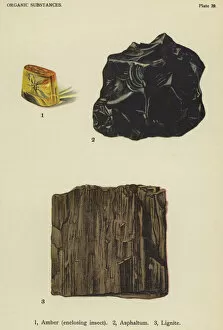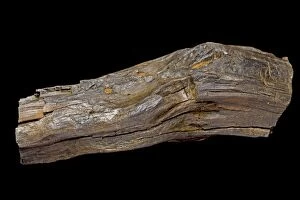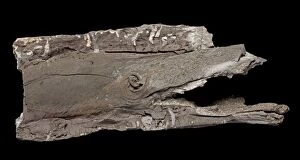Lignite Collection
Lignite, also known as brown coal, is an organic substance that has been used by civilizations for centuries
For sale as Licensed Images
Choose your image, Select your licence and Download the media
Lignite, also known as brown coal, is an organic substance that has been used by civilizations for centuries. Its rich history can be traced back to the Aztec and Mixtec cultures of 15th-16th century Mexico, where it was highly valued for its various properties. One fascinating aspect is its ability to preserve ancient life forms. Similar to amber enclosing insects, it has trapped countless organisms within its layers over time. This natural phenomenon allows scientists and researchers to study these preserved specimens and gain insights into past ecosystems. In addition to its preservation qualities, it also possesses asphaltum-like characteristics. This sticky substance found in some varieties has been utilized in various applications throughout history, including as a sealant or adhesive. The color litho of Mexican origin showcases the skull of a smoke-dried individual from this era. The use in rituals or burial practices highlights its significance in ancient cultures. Apart from being an important archaeological material, it also plays a crucial role in modern industries. It belongs to the mineral family alongside sulphur, mellite (a type of honey-colored fossil resin), amber (fossilized tree resin), and coal. Speaking specifically about coal mining operations like those seen in Gillette - Wyoming or strip mining techniques employed worldwide; they are often associated with extracting different types of coal including jet (lignite) rough. These processes provide fuel for power stations such as the mentioned lignite-burning power station.








